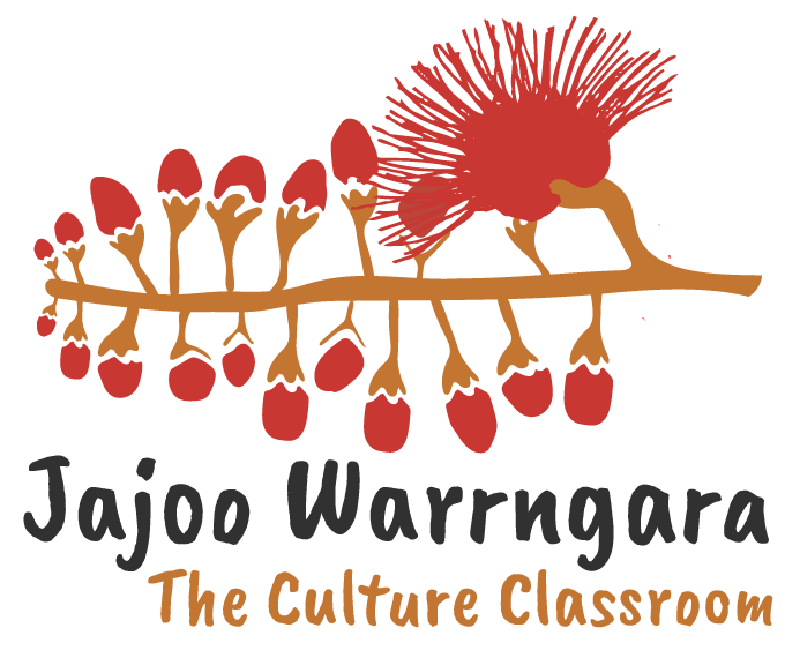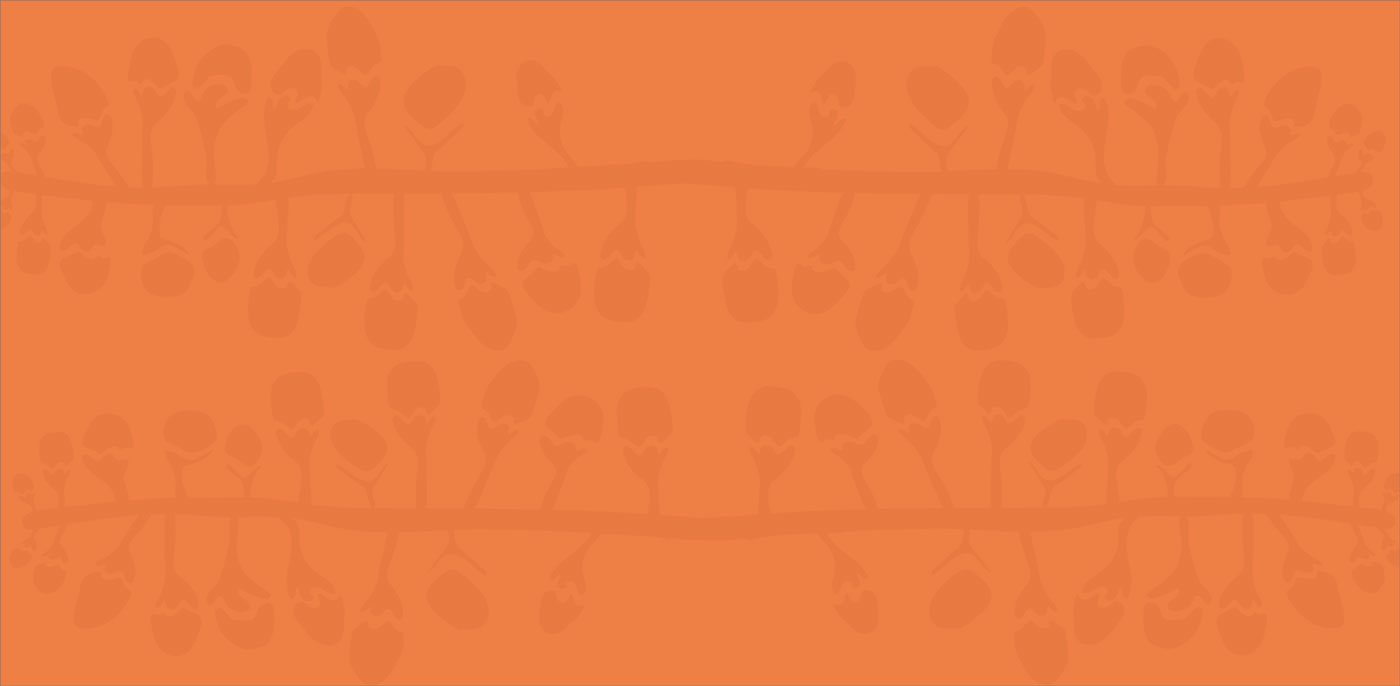Cross Curriculum Priorities
Aboriginal and Torres Strait Islander Histories and Cultures
A_TSICP1
First Nations communities of Australia maintain a deep connection to, and responsibility for, Country/Place and have holistic values and belief systems that are connected to the land, sea, sky and waterways.
A_TSICP2 The occupation and colonisation of Australia by the British, under the now overturned doctrine of terra nullius, were experienced by First Nations Australians as an invasion that denied their occupation of, and connection to, Country/Place.
A_TSIC1 First Nations Australian societies are diverse and have distinct cultural expressions such as language, customs and beliefs. As First Nations Peoples of Australia, they have the right to maintain, control, protect and develop their cultural expressions, while also maintaining the right to control, protect and develop culture as Indigenous Cultural and Intellectual Property.
A_TSIC2 First Nations Australians’ ways of life reflect unique ways of being, knowing, thinking and doing.
A_TSIC3 The First Peoples of Australia (Aboriginal Peoples) belong to the world’s oldest continuous cultures. First Nations Australians demonstrate resilience in the maintenance, practice and revitalisation of culture despite the many historic and enduring impacts of colonisation, and continue to celebrate and share the past, present and future manifestations of their cultures.
A_TSIP2 First Nations Australians have sophisticated political, economic and social organisation systems, which include family and kinship structures, laws, traditions, customs, land tenure systems, and protocols for strong governance and authority.
A_TSIP3 The significant and ongoing contributions of First Nations Australians and their histories and cultures are acknowledged locally, nationally and globally.
Sustainability
SS1 All life forms, including human life, are connected through Earth’s systems (geosphere, biosphere, hydrosphere and atmosphere) on which they depend for their wellbeing and survival.
SS2 Sustainable patterns of living require the responsible use of resources, maintenance of clean air, water and soils, and preservation or restoration of healthy environments.
SW1 World views that recognise the interdependence of Earth’s systems, and value diversity, equity and social justice, are essential for achieving sustainability.
SD2 Creative and innovative design is integral to the identification of new ways of sustainable living.
SD3 Sustainable design requires an awareness of place, past practices, research and technological developments, and balanced judgements based on projected environmental, social and economic impacts.
Curriculum Links
AC9HG7K01 classification of environmental resources and the way that water connects and changes places as it moves through environments.
AC9HG7K02 the location and distribution of water resources in Australia, their implications, and strategies to manage the sustainability of water.
AC9HG7K03 the economic, cultural, spiritual and aesthetic value of water for people, including First Nations Australians.
AC9HG7K07 the cultural connectedness of people to places and how this influences their identity, sense of belonging and perceptions of a place, in particular the cultural connectedness of First Nations Australians to Country/Place.
AC9HH7K03 how First Nations Australians are the world’s oldest continuing cultures, displaying evidence of both continuity and change over deep time.
AC9HH7K04 how First Nations Australians have responded to environmental processes and changes over time.
AC9HH7K05 the technological achievements of early First Nations Australians, and how these developed in different places and contributed to daily life, and land and water source management.
AC9HH7K07 the cultural obligations of First Nations Australians about significant heritage sites, including ancestral remains, material culture and artefacts, and the role of collaboration between First Nations Australians and other individuals and groups to ensure cultural preservation.
AC9HH7S03 Identify the origin, content, context and purpose of primary and secondary sources.
AC9HG7S03 interpret and analyse geographical data and information to identify similarities and differences, explain patterns and trends and infer relationships.
AC9HG7S04 draw conclusions based on the analysis of the data and information.
AC9HG7S06 create descriptions, explanations and responses, using geographical knowledge and methods, concepts, terms and reference sources.
Unit Content



